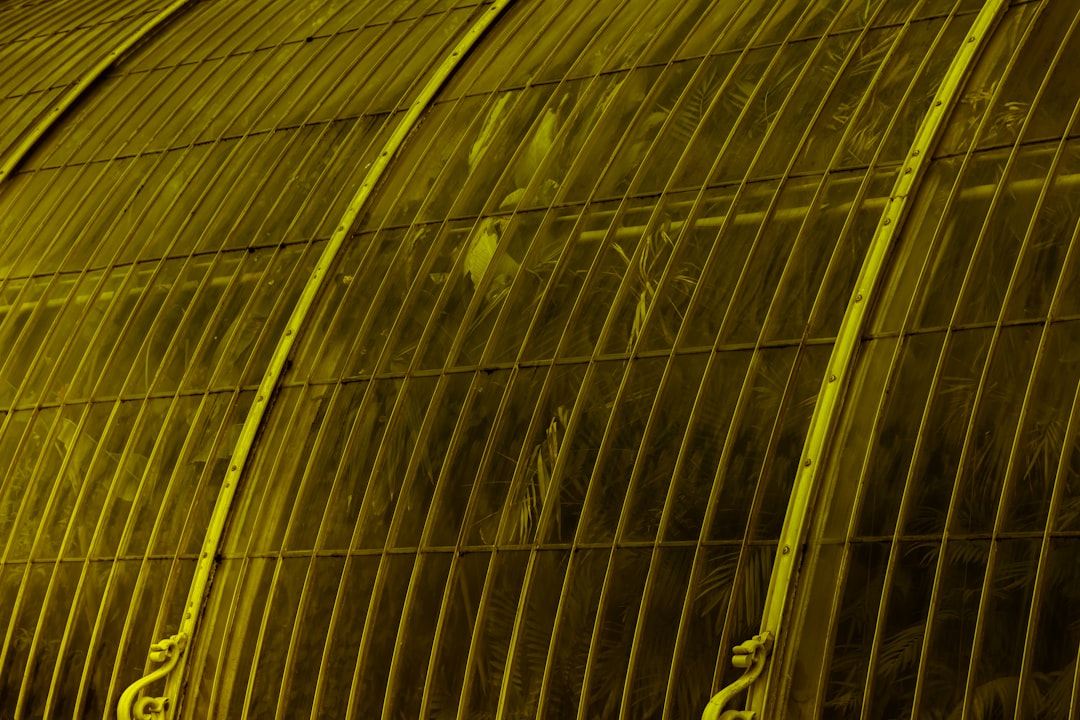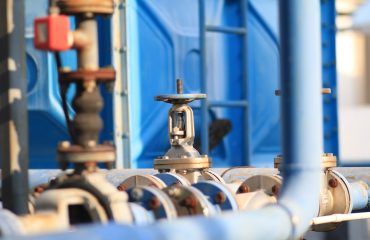body {
font-family: sans-serif;
line-height: 1.6;
}
h1, h2, h3 {
color: #333;
}
The steel industry, a cornerstone of global manufacturing and construction, is constantly evolving. Understanding the current sector news and steel trends is crucial for businesses, investors, and anyone interested in the future of this vital industry. This comprehensive overview delves into the key factors shaping the steel market today.
Global Steel Production: A Rollercoaster Ride
Global steel production has experienced significant fluctuations in recent years. Factors such as economic growth in emerging markets, infrastructure development projects, and government policies have all played a role. For example, the rapid economic expansion in Asia, particularly in China, has historically driven a surge in steel demand and production. However, recent economic slowdowns in certain regions have led to a correction in production levels. Furthermore, the ongoing global shift towards sustainable practices is influencing production methods, with a growing emphasis on reducing carbon emissions and improving resource efficiency. The industry is grappling with the challenge of balancing increased demand with the need for environmentally responsible production. This includes exploring new technologies, such as electric arc furnaces (EAFs), which offer a more sustainable alternative to traditional blast furnaces.
Steel Prices: A Complex Equation of Supply and Demand
Steel prices are influenced by a complex interplay of supply and demand, global economic conditions, and geopolitical events. Raw material costs, primarily iron ore and coal, significantly impact the final price of steel. Fluctuations in the prices of these commodities directly translate into price changes for steel products. Furthermore, global economic growth or recession directly affects demand, leading to price increases during periods of high demand and potential price decreases during economic downturns. Geopolitical instability, trade wars, and sanctions can also disrupt supply chains and create price volatility. For example, sanctions imposed on certain countries can limit the supply of specific steel grades, driving up prices in the global market. Analyzing these interconnected factors is crucial for understanding the dynamics of steel pricing.
The Rise of Sustainable Steel: Green Initiatives and Technological Advancements
The steel industry is under increasing pressure to reduce its carbon footprint. The production of steel is inherently energy-intensive and contributes significantly to greenhouse gas emissions. However, there’s a growing movement towards sustainable steel production, driven by both regulatory pressures and consumer demand for environmentally friendly products. This includes exploring alternative production methods, such as hydrogen-based steelmaking, which aims to significantly reduce carbon emissions. Furthermore, companies are investing in energy-efficient technologies and implementing circular economy principles to minimize waste and maximize resource utilization. The development and adoption of green steel technologies are crucial for the long-term sustainability of the industry and its contribution to global climate goals.
Emerging Markets and Infrastructure Development: Fueling Steel Demand
Emerging markets, particularly in Asia, Africa, and South America, are experiencing significant infrastructure development, driving a substantial increase in steel demand. Large-scale projects, such as the construction of high-speed rail lines, bridges, and skyscrapers, require massive quantities of steel. This increased demand presents both opportunities and challenges for steel producers. Opportunities lie in expanding production capacity and supplying these growing markets. Challenges include ensuring the availability of raw materials, managing logistics, and meeting the stringent quality standards required for these large-scale projects. Understanding the infrastructure development plans of these emerging markets is crucial for steel producers to strategically position themselves for future growth.
Technological Innovations and Automation in Steel Production
The steel industry is undergoing a significant technological transformation, driven by the need to improve efficiency, reduce costs, and enhance product quality. Automation and digitalization are playing a crucial role in modernizing steel production processes. This includes the adoption of advanced robotics, artificial intelligence (AI), and machine learning (ML) to optimize production lines, improve quality control, and reduce waste. Furthermore, the use of data analytics helps steel producers better understand market trends, optimize inventory management, and make more informed business decisions. These technological advancements are not only improving the efficiency and productivity of steel mills but also enhancing the overall sustainability of the industry by reducing energy consumption and minimizing environmental impact.
The steel industry is a dynamic and complex sector, constantly adapting to global economic shifts, technological advancements, and environmental concerns. By understanding the key trends and challenges discussed above, businesses and stakeholders can better navigate the evolving landscape and position themselves for success in this vital industry.
SEO-Friendly Tags:
- Steel Industry News
- Steel Market Trends
- Steel Prices Forecast
- Sustainable Steel Production
- Global Steel Demand




